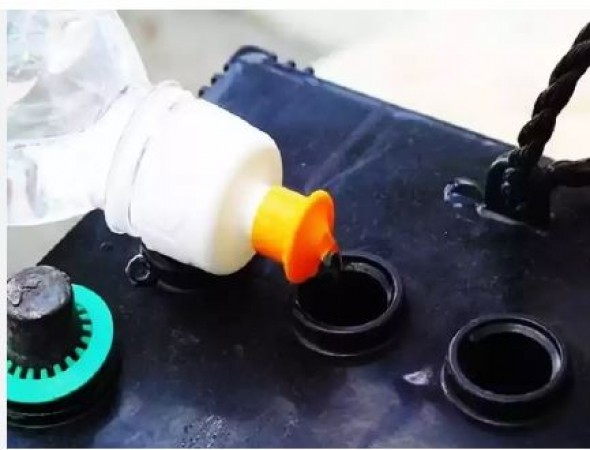
Inverter batteries play a crucial role in ensuring uninterrupted power supply during outages. However, to maintain their efficiency and longevity, it's essential to understand the proper maintenance, including the water filling process. Let's delve into the details of how much water should be filled in an inverter battery to ensure optimal performance without making any mistakes.
Inverter batteries are typically of the lead-acid type, consisting of lead plates immersed in a sulfuric acid solution. During the charging and discharging cycles, water in the electrolyte solution evaporates, leading to a decrease in the electrolyte level. This reduction in water level can affect the battery's performance and lifespan if not replenished promptly.
Maintaining the correct water level in an inverter battery is crucial for its efficient operation. The general rule of thumb is to ensure that the water level covers the lead plates while leaving a slight gap between the water and the top of the battery. Overfilling or underfilling the battery with water can lead to issues such as:
Overfilling: This can cause electrolyte spillage during charging, leading to corrosion of the battery terminals and surrounding components.
Underfilling: Insufficient water level can expose the lead plates, leading to sulfation, which reduces battery capacity and lifespan.
The amount of water required for refilling an inverter battery depends on various factors, including:
Battery Size: Larger batteries typically require more water due to their higher capacity.
Usage Pattern: Batteries subjected to frequent discharge and charging cycles may require more frequent water top-ups.
Climate: In hot climates, water tends to evaporate faster, necessitating more frequent checks and refills.
Here's a step-by-step guide to refilling the water in an inverter battery correctly:
Maintaining the correct water level in an inverter battery is essential for optimal performance and longevity. By following the recommended guidelines and performing regular maintenance, you can ensure that your inverter battery operates efficiently, providing reliable power backup when needed.
5 Weirdest Things in the World That Will Blow Your Mind
From Fried Stones to Fish Eyes: Unveiling the 7 Weirdest Breakfasts Around the World